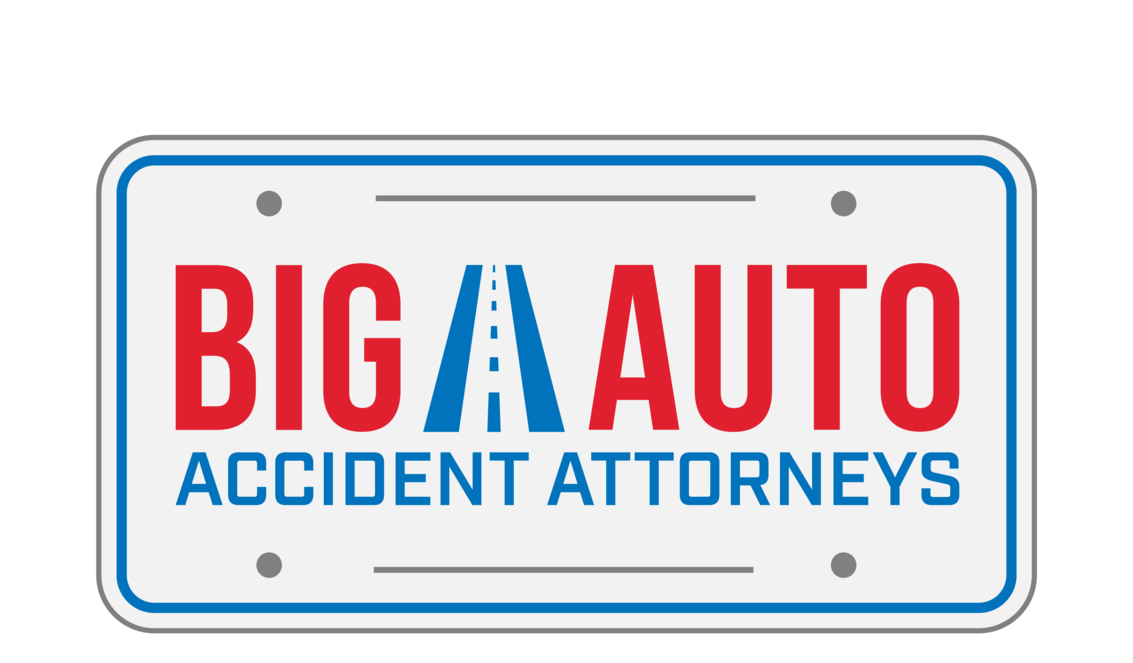How Is Pain and Suffering Calculated in a Car Accident Case?
FREE CASE REVIEW FREE CASE REVIEW ⟶
Determining compensation after a car accident typically starts with the direct financial damage you’ve taken due to the accident. However, determining “suffering,” or general damages is much more subjective. When determining a settlement, one of the most important considerations will be the level of suffering the claimant has experienced as a result of the accident.
Typically, the process of pain and suffering is done via one of two approaches: the Per Diem approach and the pain multiplier approach.
The Per Diem Approach
An approach commonly taken to calculate suffering is the Per Diem method. The per diem method provides an estimate based on the amount of time that suffering from the accident has persisted. Usually, this means multiplying a set number (close to a day’s wages) by the amount of days that the individual has been suffering.
For example, if the daily value of your suffering is estimated at $250, and your recovery period lasts 6 months, your claim would be approximately $37,000. Because the length of recovery is the principal determining factor with this method, it is important to document any medical treatment you may receive for injuries related to the accident as soon as possible.
The Pain Multiplier Approach
With this formula, your settlement is calculated by multiplying specific economic damages related to your injury, such as medical bills, by a “multiplier.” A multiplier is usually between 1.5 and 5 depending on the severity of the injury. To determine the multiplier, a medical professional’s opinion is typically needed to determine factors such as the severity of the injury, prospects for recovery, and overall impact on health and capacity.
For example, let’s say you owe $15,000 in medical bills. Perhaps you fractured your wrist, and following the accident you had to receive mental health counseling for three months due to a newly developed fear of driving. From this, you may be given a multiplier of 3, and your claim for suffering would be $45,000. The multiplier method can provide a more qualitative assessment of damage and is not as time-based as the per diem approach.
It may be a good idea to take some time to reflect on the different ways the accident has impacted your life holistically and speak with a legal professional to determine the relevance of the damage in each of these areas.
How Can I Estimate My Claim?
For more information about the factors taken into account for each of these approaches, you can use Forbes’s pain and suffering calculator to get an initial estimate. Nonetheless, each individual accident is different, and every individual will be impacted differently by an automobile accident.
There are nuances to every case, and the insurance company itself will also vary significantly in what they will be willing to offer. For this reason, seeking out legal counsel is the best way to get the most precise estimate.
How Is the Severity of Injury Calculated?
Insurance adjusters typically take physical and, as of more recently, emotional damages into account when determining your settlement. Of course, accidents that are more severe result in more severe injuries, which warrants a higher settlement amount. Here are the categories of damage taken into account for the rating used in the Pain Multiplier approach. The determined physical and psychological damages are then used to set the level of compensation.
Physical Damages
Medical bills and a continued need for care can help determine the extent of compensation. Typically, you will need documentation from a medical professional indicating the type and length of treatment to estimate the level of physical pain endured. You or a passenger may have had to undergo treatment for broken bones, concussion, or fractures directly related to the accident. Not only would these bring up big medical bills, but the temporary incapacitation from these injuries may impact your ability to work, resulting in lost wages and overall damage to your patrimony.
Psychological Damages
Psychological and emotional damages can be even more difficult to document and provide as evidence for forms of suffering, as they tend to be invisible without the declaration of a mental health professional. However, they are no less significant than physical damages.
Car accidents can be extremely frightening and life-threatening. A situation in which your life or the life of loved ones may have been endangered may even cause long-term trauma. The accident may trigger anxiety, phobias, or symptoms of post-traumatic stress disorder, which can severely impact day-to-day functioning. Like physical injury and disability, psychological damages from the accident call for indemnity.
Both physical and psychological distress have the potential to interfere with your professional and personal life, so both play a critical role in determining your settlement amount.
Arizona: Statute of Limitations
Every state has a statute of limitations or a time frame in which you are able to pursue your settlement. Arizona has a two-year time limit for victims of automobile accidents to file. However, most of the damages will be most visible and prevalent in the days and weeks following the accident. For this reason, it is important to quickly begin taking the first steps in compiling the necessary documentation and evidence related to the damages.
Other Factors To Consider
An important consideration in determining suffering is the concept and placement of fault for the accident. Arizona is not a “no-fault state,” meaning that the driver’s responsibility for the accident can have a negative impact on their ability to receive a settlement, If the driver is determined to be at fault in some way for the accident, due to negligence or the breaking of traffic laws, that may put their eligibility for a general damages settlement at risk. It is a good idea to speak with a legal professional if you believe you may have some liability in the accident.
What Should You Do After an Automobile Accident?
Given the importance of documentation of all necessary treatment needed as a result of the accident, there are a few critical steps that you can take following the accident to help your case as it moves forward:
- Take photos of the accident, and of all injuries
- Consult with medical professionals who can provide specific diagnoses, which will then help compile evidence for the gravity and length of the damages
- Speak with a legal professional about getting the compensation you deserve.
Next Steps
Experiencing an automobile accident and the aftermath is never easy. There is a significant financial, physical, and emotional recovery period that must take place. Therefore, it is critical to remain alert and follow instructions from medical professionals and to seek legal advice in order to get the fairest settlement possible.


